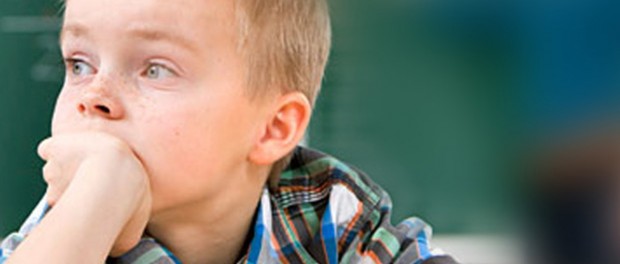Does your child have ADHD?
ADHD or Attention Deficit Hyperactivity Disorder is one of the most common childhood disorders which can continue through adolescence and adulthood. ADHD is a pervasive developmental disorder. It is also the most studied and diagnosed psychiatric disorder in children. ADHD affects 3 to 5 percent of children globally. About 2 to 16 percent diagnosed are school aged children. Boys are 3 times more likely to be diagnosed with ADHD than girls.
Children diagnosed with attention deficit hyperactivity disorder often act without thinking, are hyperactive, and have trouble concentrating on a task. Children with ADHD usually have difficulty functioning well at home, at school, and in other social functions. It is therefore very important that a parent understands and recognizes the signs and symptoms of ADHD.
There are three types of ADHD. The subtypes are: predominantly inattentive type, predominantly hyperactive-impulsive type, or combined type if criteria for both types are met.
The following are the signs and symptoms for each type:
- Predominantly inattentive type:
- Easily distracted, misses details, forgets things, and frequently switches from one activity to another.
- Becomes bored with a task after only a few minutes.
- Daydreams, becomes easily confused, and moves slowly.
- Has difficulty focusing attention on, organizing and completing a task, or has difficulty learning something new.
- Has difficulty concentrating on the task.
- Has difficulty processing information as quickly and accurately as others.
- Seems not to listen when spoken to.
- Has difficulty following even simple directions.
- Predominantly hyperactive-impulsive type:
- Always seeming to be “on the go.”
- Blurts out answers even if question is still unfinished.
- Finds it difficult to play quietly.
- Finds it difficult to remain seated.
- Finds it difficult to wait for his turn.
- Runs, climbs, and talks excessively.
- Always fidgety.
- Problems with interrupting or intruding.
- Combined type: a combination of the two types hyperactive-impulsive and inattentive
Children diagnosed with ADHD have unique and special needs. Emotional development is usually slowed by 30 percent in children with ADHD, while most children with ADHD have discipline problems. Fifty percent of all children with ADHD have sleep problems and 25 percent have a learning disability. Children diagnosed with ADHD can enroll in special schools which allow children with ADHD to reach their full potential by providing them with learning experiences that are useful for their condition. A special school is an educational institution that caters to students who have special educational needs. Children who have learning disabilities, physical disabilities, and behavioral problems enroll in special schools. Special schools may be specifically designed, staffed and resourced to provide the appropriate special education for children with additional needs.
Early diagnosis of ADHD in children is very important. That is why it would be well for parents to recognize the signs and symptoms of ADHD. Though there is no cure for ADHD, treatments can relieve many of the disorder’s symptoms. With proper treatment, children diagnosed with ADHD will be able to successfully live with and manage their symptoms. Researchers are developing more effective treatments and interventions, and are using new tools such as brain imaging to better understand ADHD and to find more effective ways to treat and prevent it.
____________________________
References:
www.nimh.nih.gov
www.ehow.com

